This FREE Around the Bay training program will help you stay on track to crush the Bicycle Networks Around the Bay event. In this article, we discuss our free 12-week cycle training program for the 100, 200, 210 and 300 km events
There is no doubt that the Bicycle Network’s Around the Bay event has been successfully run for many years and has become one of the biggest cycling recreational events on the Australian cycling calendar.
We have teamed up with the Bicycle Network and put together this 12-week cycle training program for 100, 200, 210 and 300 km Around the Bay events. For more information about the Around the Bay event, please click here to visit the official event page.
To help you with your cycle training leading up to the event we have created your FREE 12-week training program for the 100-135 km and 210-250km events that we can send to you by clicking this link.
While we can’t develop a program that will suit all riders, we have based both these programs around being time efficient with enough training to complete both events comfortably. The programs assume that you have been riding a bike casually for one or two years. The 100-135 km cycling program is based around an average commitment of approximately 6 hours of cycling a week while the 210-250 km cycling program is based around 10 hours a week.
We recommend that you follow the program, but if you do have additional time to train then, by all means, get out there and ride more. If you do so, please remember to back off your training during the recovery weeks to ensure that you give your body time to rest and adapt. This is because the training load creates the stimulus in your body and triggers it to start improving, but it is when you are recovering that your body actually makes the necessary physiological changes that make you fitter. This is why the recovery weeks are scheduled very fourth week.
We have provided basic information on the volume and intensity of each cycle ride. The volume is estimated in both kilometers and hours. No need to sweat the details. The hours are based on an average ride speed of 25 km/h. These estimates are provided as guidelines and will be affected by your fitness and the terrain that you’ll be riding over. Ideally, you’ll want to use these guidelines and base your actual training around what we recommend in the program and your family and work commitments.
We also recommend that you do the training specified on the specific days of the week as the program describes but if you do have other commitments that get in the way of this then you can swap around the sessions during the week to suit. Just try to complete all the sessions prescribed by the end of the week. Avoid doubling up two sessions in the one day where possible. If for whatever reason you are unable to perform all the sessions during the week then never try to “catch it up” the following week. A missed session is a missed session. Start each training week fresh.
If you use a heart rate monitor to measure training intensity then the training zones for the easy days are done in around the REC and E1 heart rate zones or 55-74% of your max heart rate while the medium intensity days are done in around E2-E3 heart rate zones or 75-91% of your max heart rate. On the medium days, you can also spend brief periods in your VO2MAX heart rate zone if you wish. This is above 91% of your max heart rate. There is also no issue spending brief periods in the higher heart rate zones on the easy days too.
A full description of heart rate zones can be found here:
http://www.cycling-inform.com/how-to-use-heart-rate-monitor-and-zones-to-improve-your-cycling
Check out this article to find out how to test for your MAX Heart Rate:
http://www.cycling-inform.com/how-to-test-for-your-cycling-max-heart-rate
Once you have your Max Heart Rate you can calculate your Heart Rate Zones. Here is how to work out your cycling heart rate zones:
http://www.cycling-inform.com/how-to-work-out-your-cycling-heart-rate-zones
Both these cycling programs use scientifically proven progressive fitness building techniques. As you build your fitness you may find that you are tired on weeks two and three. This is normal and for that reason week four is a recovery week. Ensure that you keep your cycle training volume and intensity low during these recovery weeks by closely following the program so that you to give your body time to adapt and build your fitness.
Here are some simple tips that you can use to help you with your cycle training leading up to Bicycle Network’s Around the Bay:
- You can’t cram your training into a few weeks like an exam as it takes time for your body to get fit. Train consistently and build your fitness progressively over many weeks to get the best results.
- Let your family and workmates know that you are training for the Around the Bay and ask them for your support. We call it stakeholder buy-in and by doing so you help them to understand and make allowance for the fact that you can be focused on your training for a short time in preparation for the event.
- Develop good pedalling technique and aerobic fitness by keeping your cadence around 90-100 rpm when riding on the flat and no lower than 65 rpm when climbing.
- If the weather is bad, train indoors either at home or take indoor cycle training classes at a gym.
- Unlike other recreational events, Bicycle Network’s Around the Bay event is mainly flat.

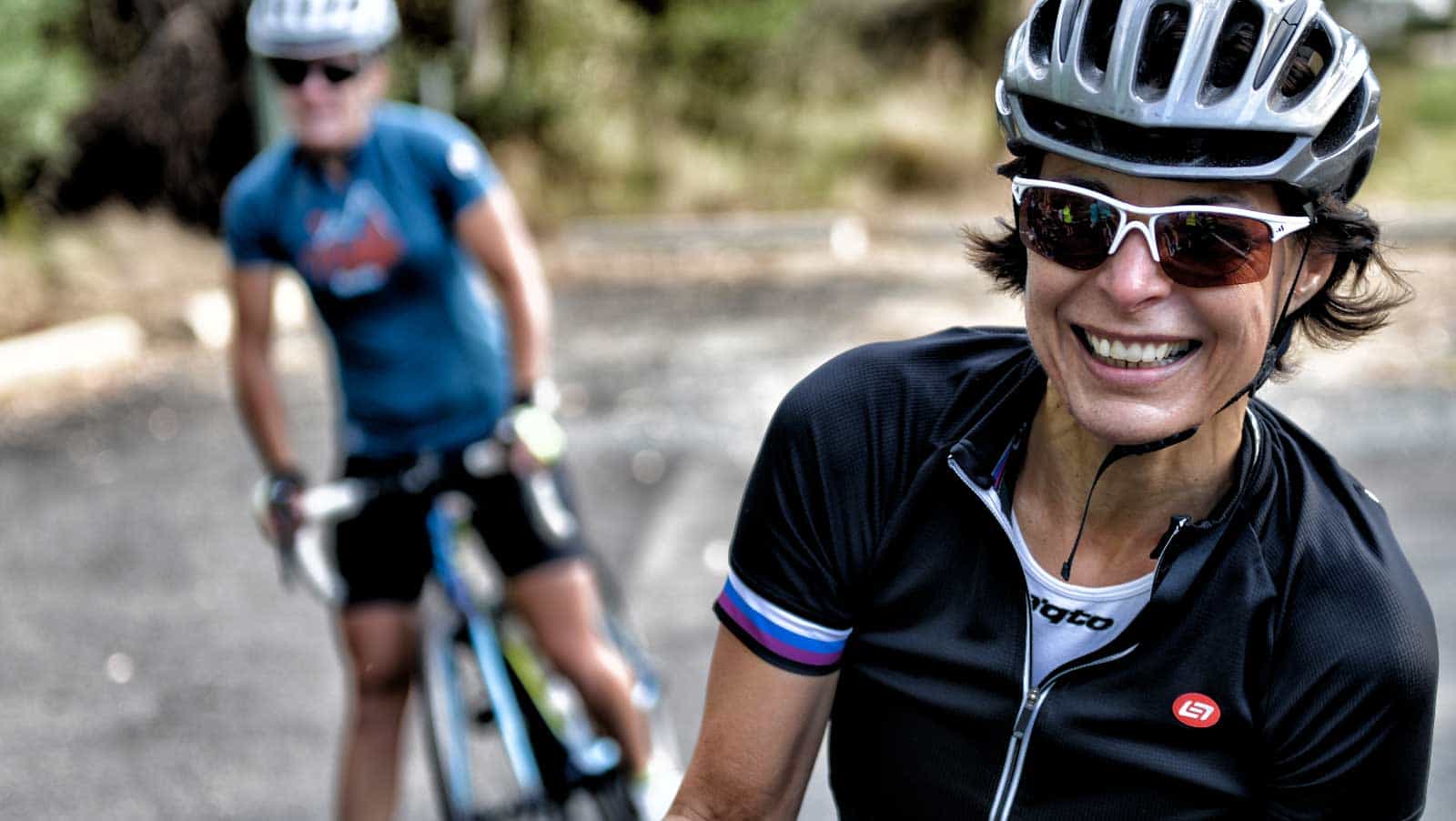
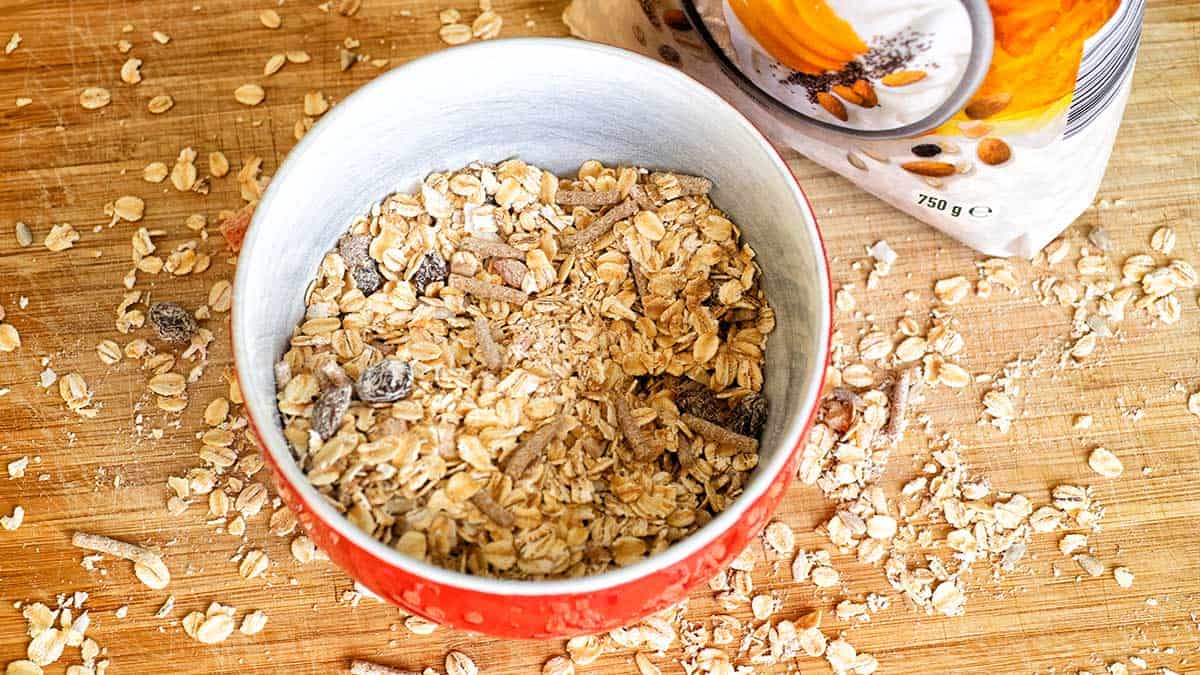
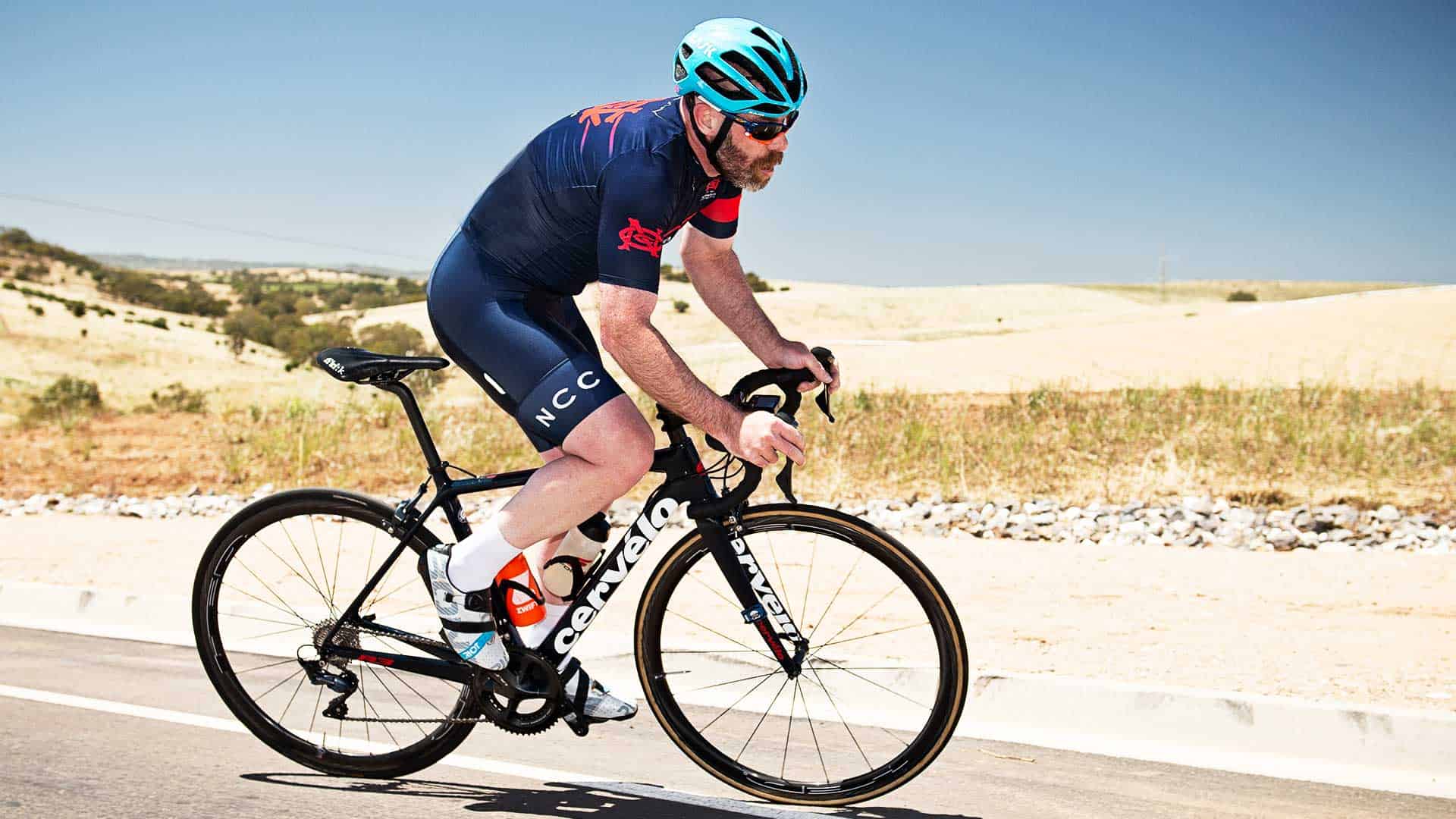
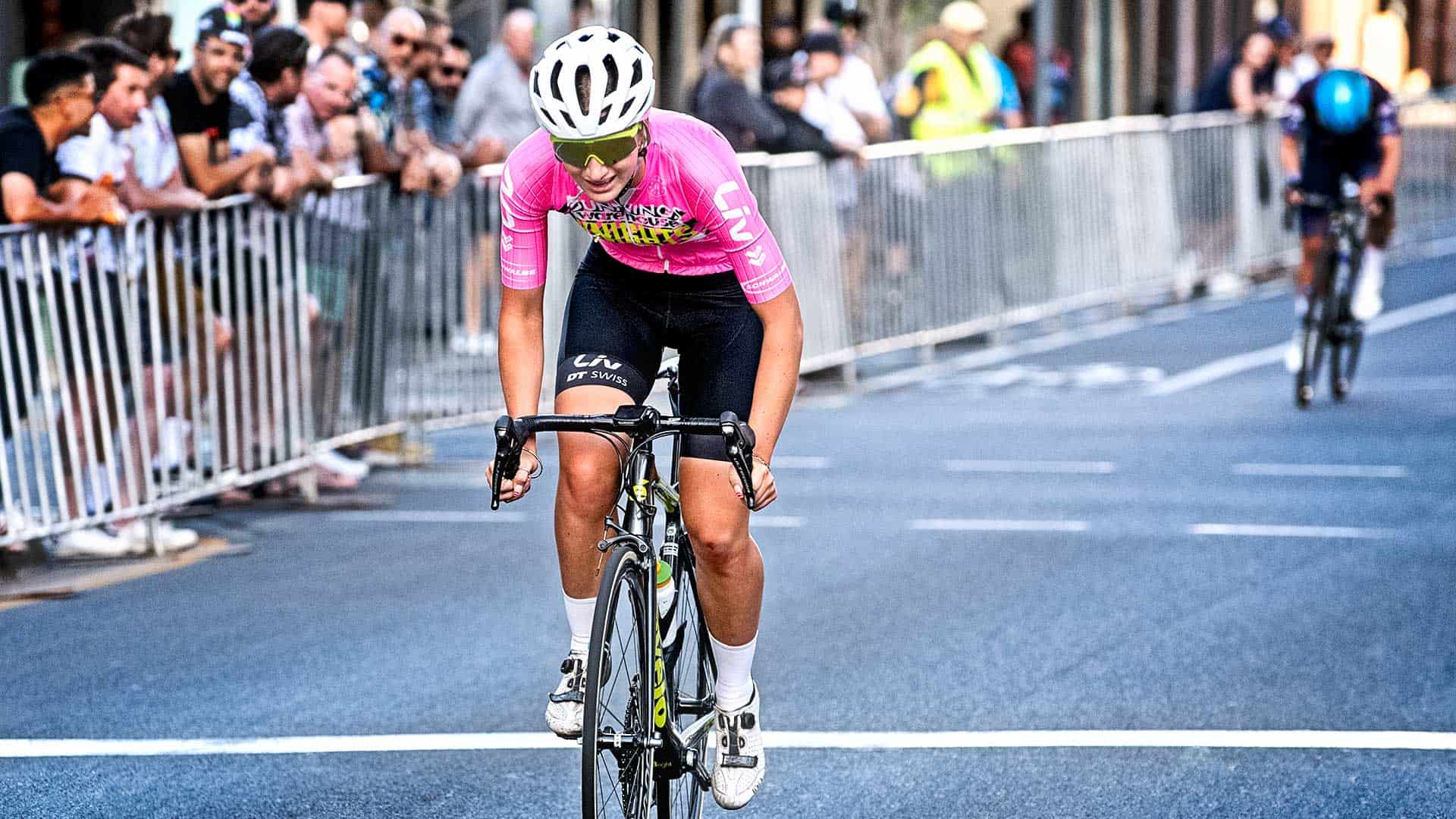
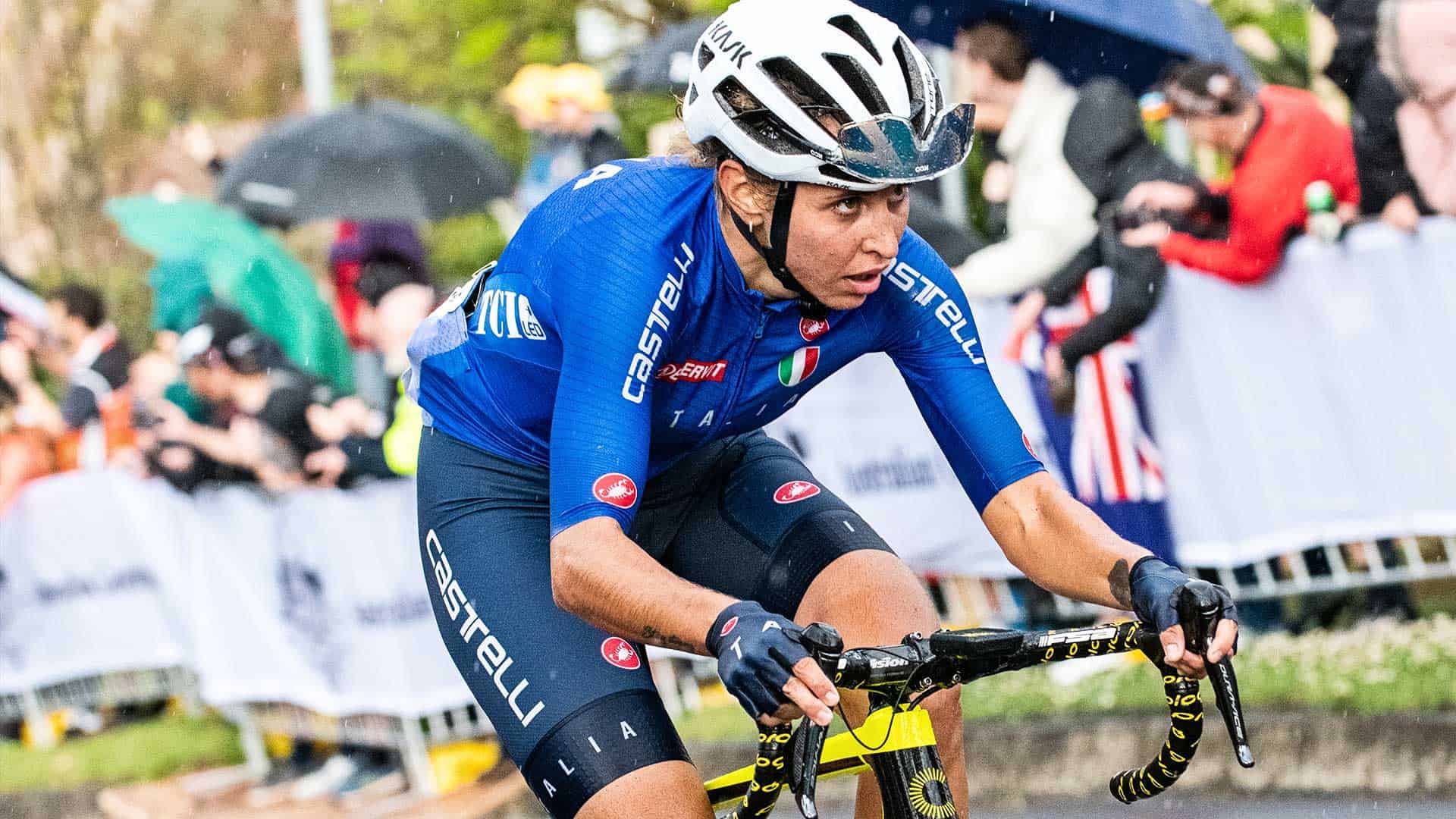
Leave A Comment